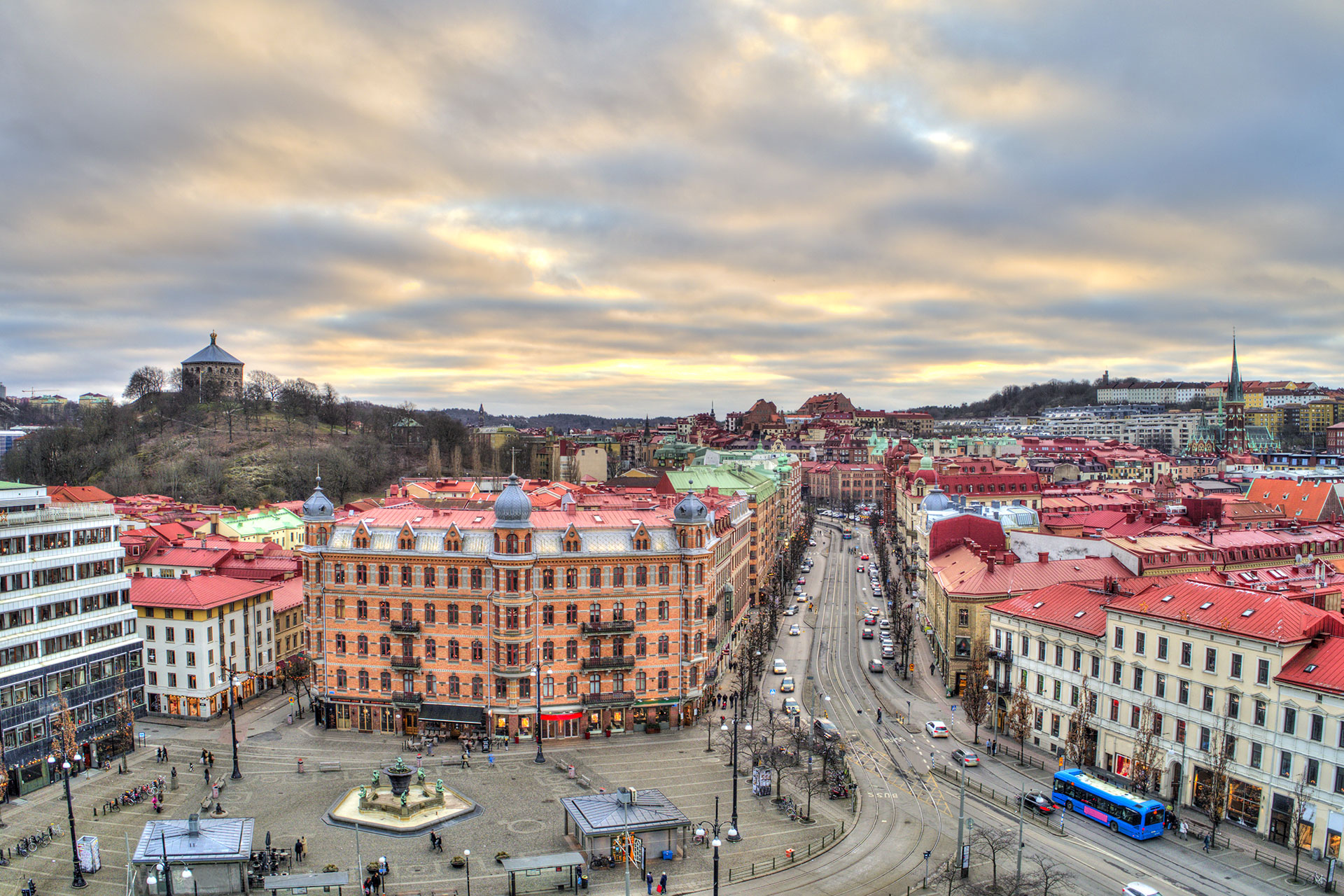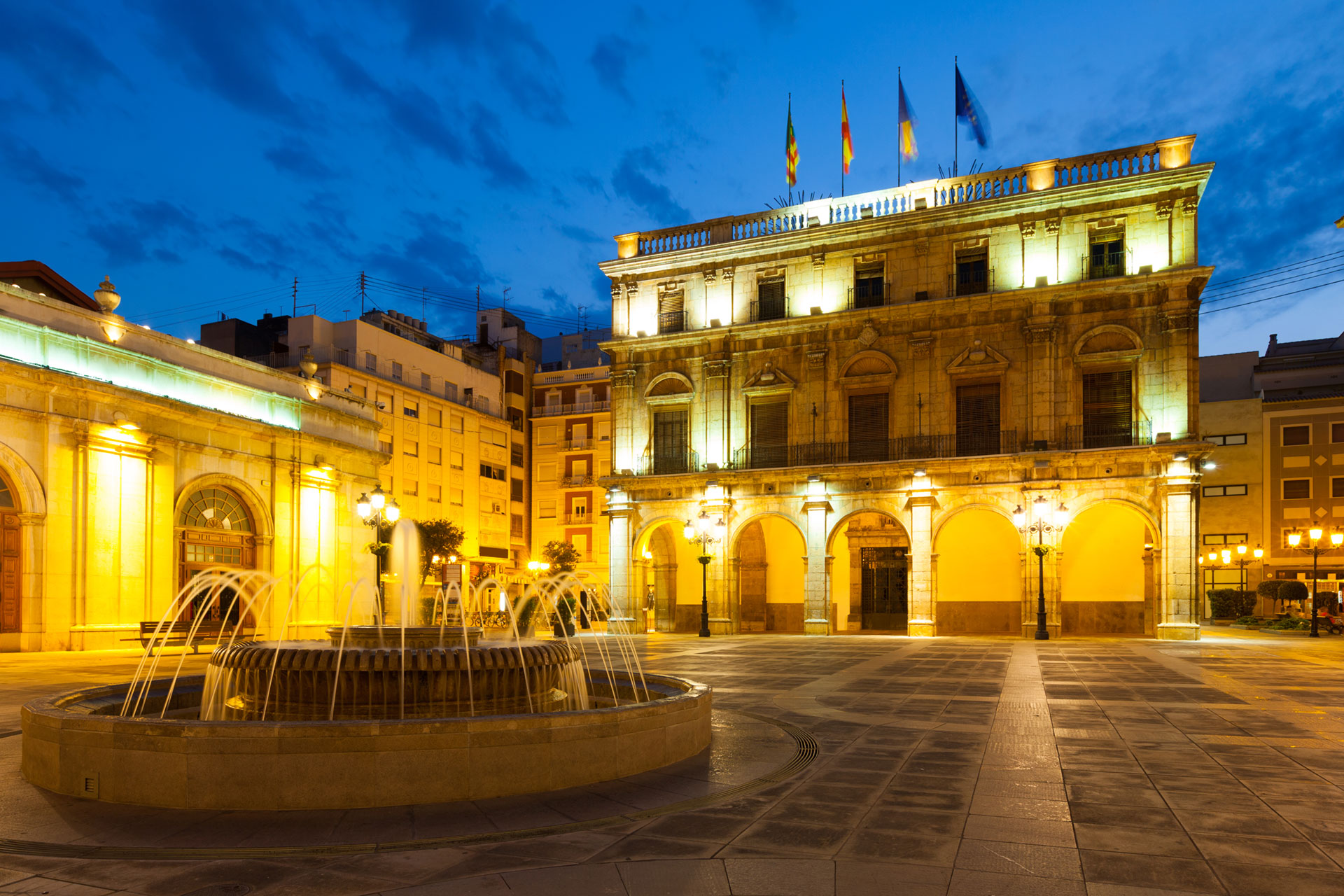In some circumstances, for example, we can help cities reduce congestion by restricting the vehicle that can enter a particular area (Limited Access Zone) or for charging to drive at certain times (Congestion Charging Zones). In other cases, we help cities focus on reducing traffic pollution by setting and enforcing Clean Air Zones.
City tolling and Clean Air Zones
Many cities around the world are actively looking to address the negative consequences of having too many vehicles on the road. These include congestion, air pollution, excessive noise, and an increase in road traffic accidents.
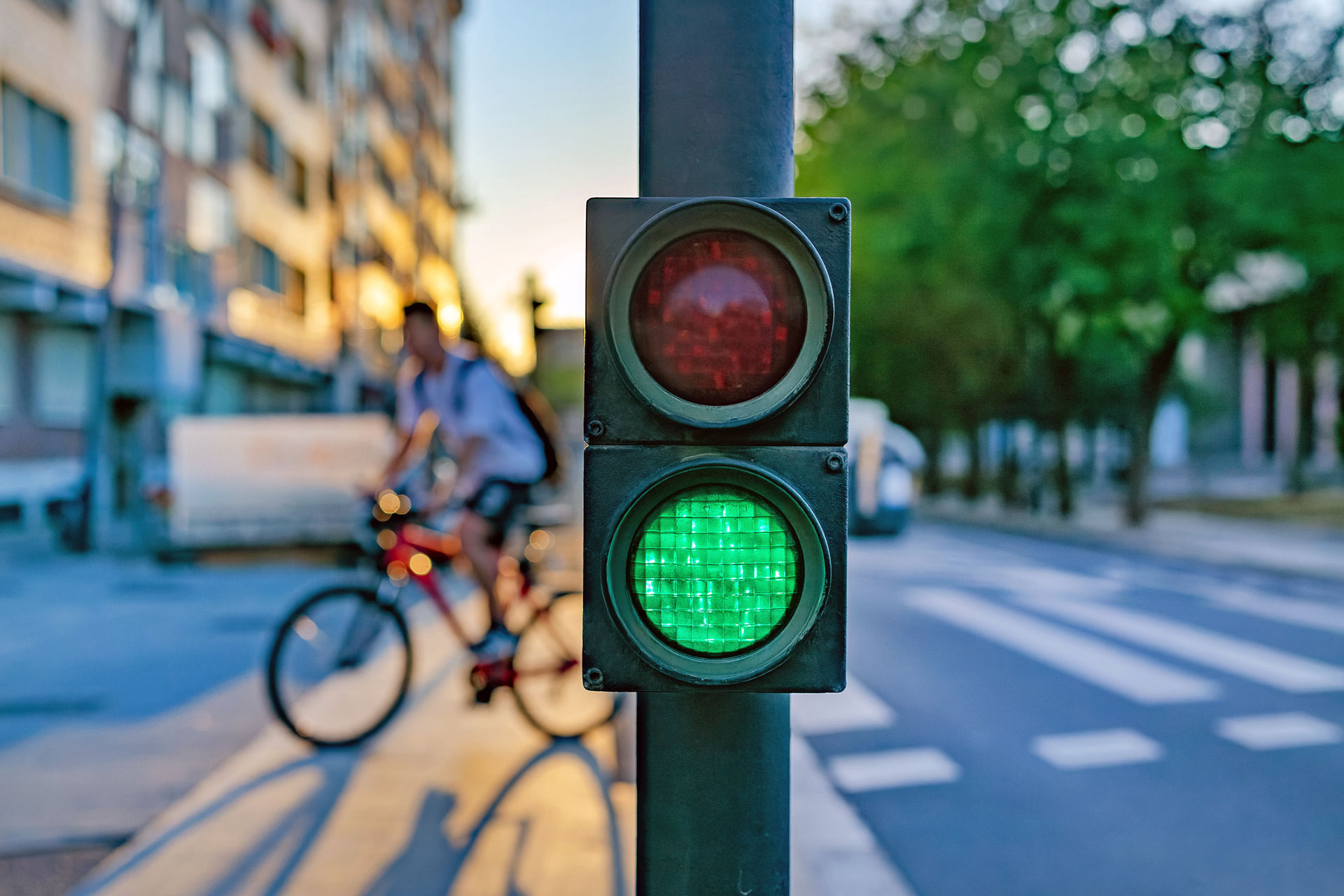
Kapsch TrafficCom's uniquely flexible urban access solution addresses all these challenges by incentivising drivers to change their behaviour. It enables cities to manage traffic towards sustainable models of transport by creating various types of incentive zones to suit different aims and objectives.
Cities around the world know that they need to combat the increasingly critical challenges of traffic congestion. However, the precise needs of individual cities are always unique, and most cities need to implement different schemes in different areas.
With our unique urban access solutions, we can enable them to change driving behaviours with a range of incentivise schemes.
A unique, holistic solution to meet every requirement
Our unique approach enables us to use a single tolling platform to provide technical solutions for all these different urban schemes as well as meeting the tolling needs for those driving between cities.
As an industry leader for tolling solutions, we can deliver a complete end-to-end solution including state-of-the-art roadside hardware and software. Alternatively, in cases where existing roadside infrastructure already exists, we can provide just the back office suite including our Operational Back Office and Enforcement Back Office. These can be deployed either via the cloud or on-premises.
In either case, our solution features outstanding Automatic Number Plate Recognition (ANPR) identification rates thanks to our use of second generation optical character recognition (OCR) technology. Moreover, we enable cities to process millions of vehicles each and every day.
With congestion charging, Clean Air Zones or zero-emission zones, you could use a strong lever to significantly reduce traffic emissions. Governments and cities are starting to become active, but there is a lot of room for improvement, especially in urban areas. The technology is there.
Julia Azfar, mobility expert at Kapsch TrafficCom
Different schemes for different challenges
- Congestion Charge Zones
Such schemes are usually designed to reduce traffic congestion in city centres. These typically operate during peak (‘rush hour’) times during the working week. Vehicles are charged when they enter a congestion charge zone and how much they pay will often vary depending upon the class of vehicle.
- Limited Access Zones
Sometimes known as access control zones, these schemes are often designed to reduce access to historical city centres or to enforce pedestrian areas. Although most traffic will be banned from entering the zone, exceptions might be made for residents, emergency vehicles, hotel guests and commercial vehicles – who are normally required to register in advance to enter the zone. Cities enforce these areas with video-based technologies.
- Clean Air Zones
Clean Air Zones, as the name suggests, are designed to reduce air pollution. Depending upon the fuel type and emission classification, these are sometimes also known as Low/Ultra Low/Zero Emission Zones. Typically, these zones operate 24 hours a day, every day of the year. Vehicles that are compliant with the emission level threshold are allowed to enter. Depending on city rules, uncompliant vehicles are either banned from the zone, or must pay a daily fee. Such schemes, therefore, often generate revenues for the city which can be used to help fund public transport systems or vehicle renewal subsidies.
A solution portfolio like no other
Kapsch TrafficCom is one of the world’s most experienced providers of tolling and enforcement solutions with a unique set of technology, service and business capabilities.
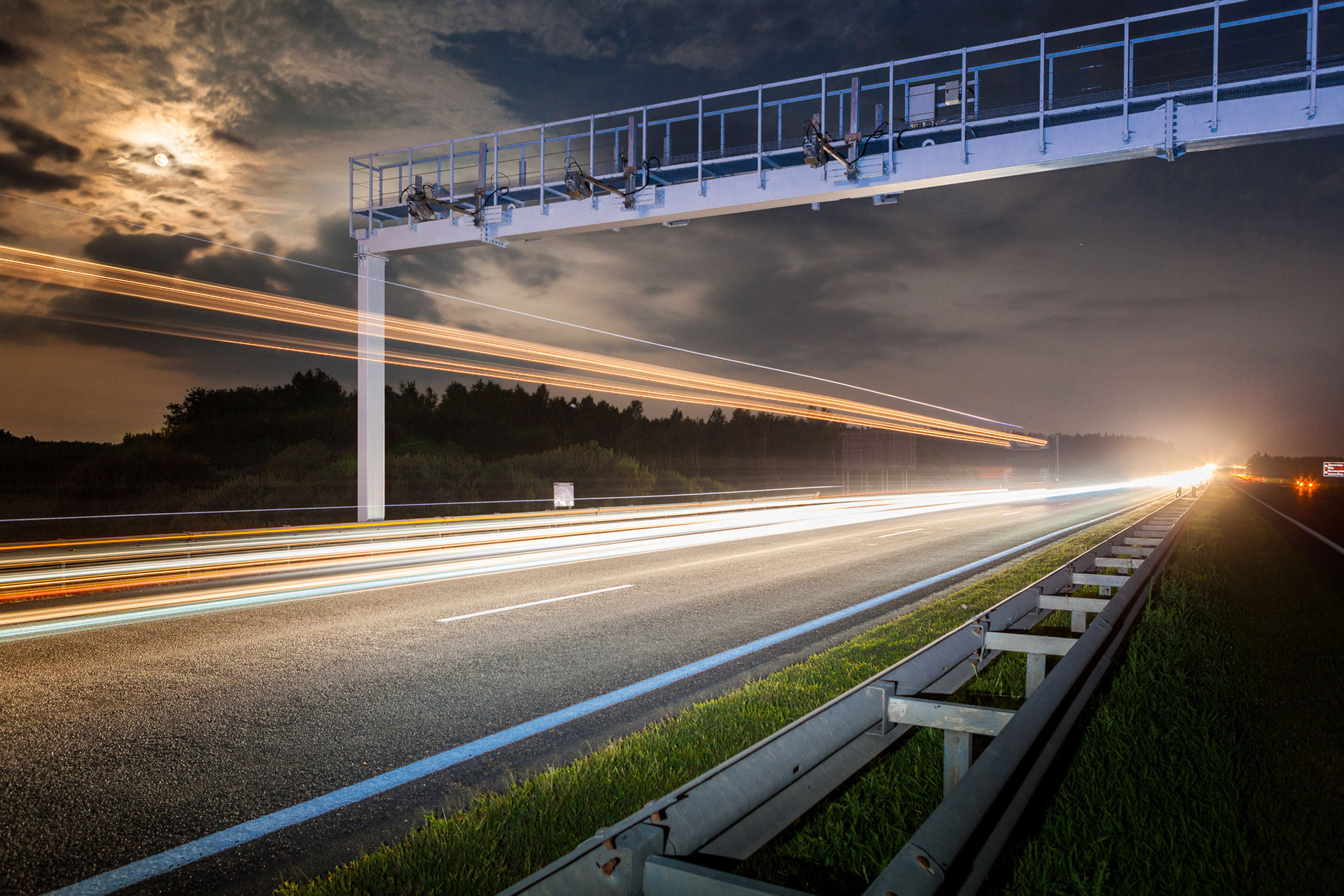
All Electronic Tolling
At the heart of Kapsch TrafficCom's MFLL systems is our state-of-the-art All Electronic Tolling (RF/AET) technology. Providing high speed, multi-lane tolling capabilities, it delivers tolling solutions for national networks, highways, bridges and within cities.
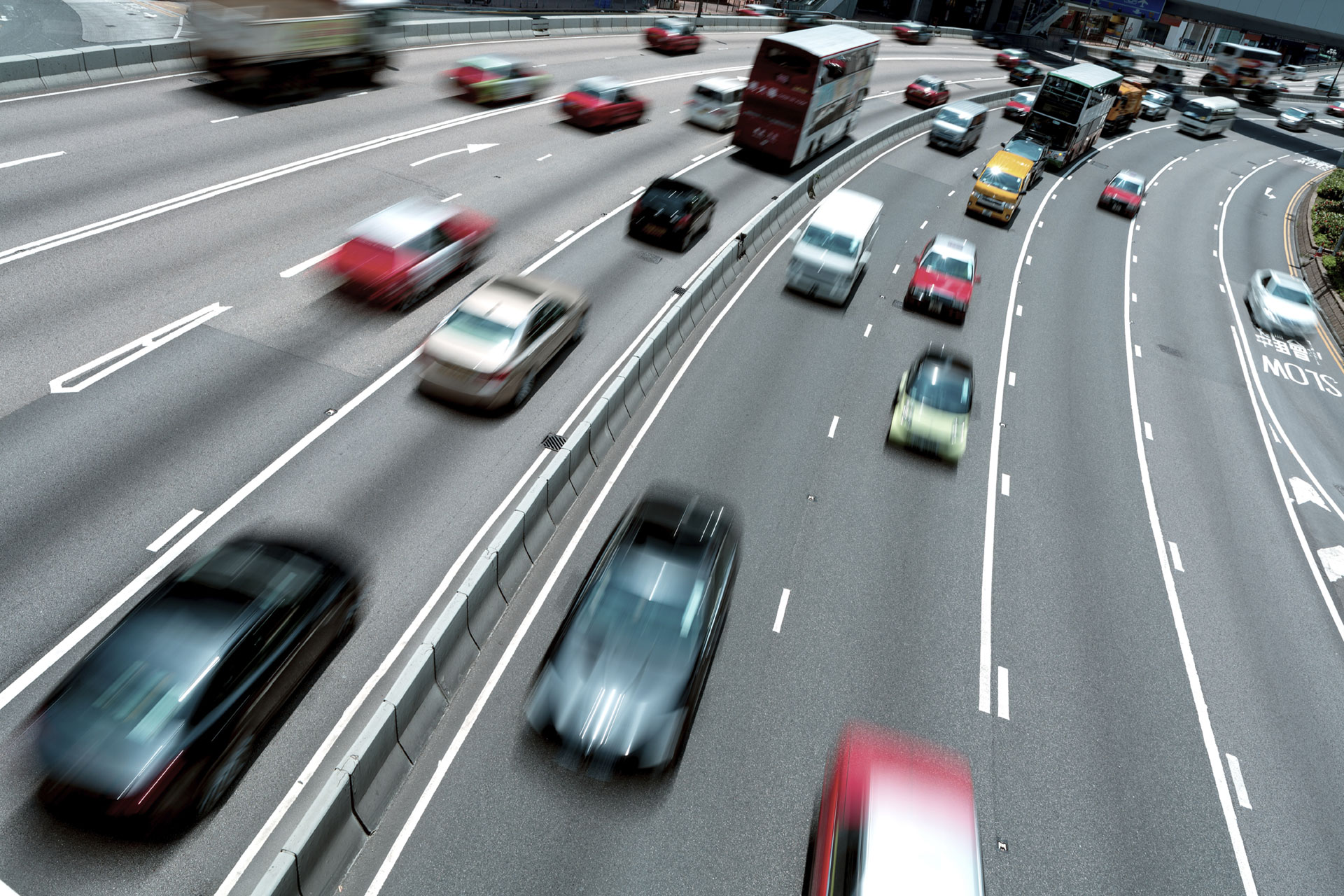
Managed Lanes
A hybrid of our all electronic tolling (AET) architecture, Kapsch TrafficCom's industry leading managed lanes (ML) solution incorporates highly specialized, dynamic pricing algorithms which helps road operators optimize traffic flow.
References (PDF):

Gothenburg, Sweden
Reference Factsheet (EN)
Congestion Charging System
Low Emission Zone in Castelló de la Plana, Spain
Reference Factsheet (EN)
